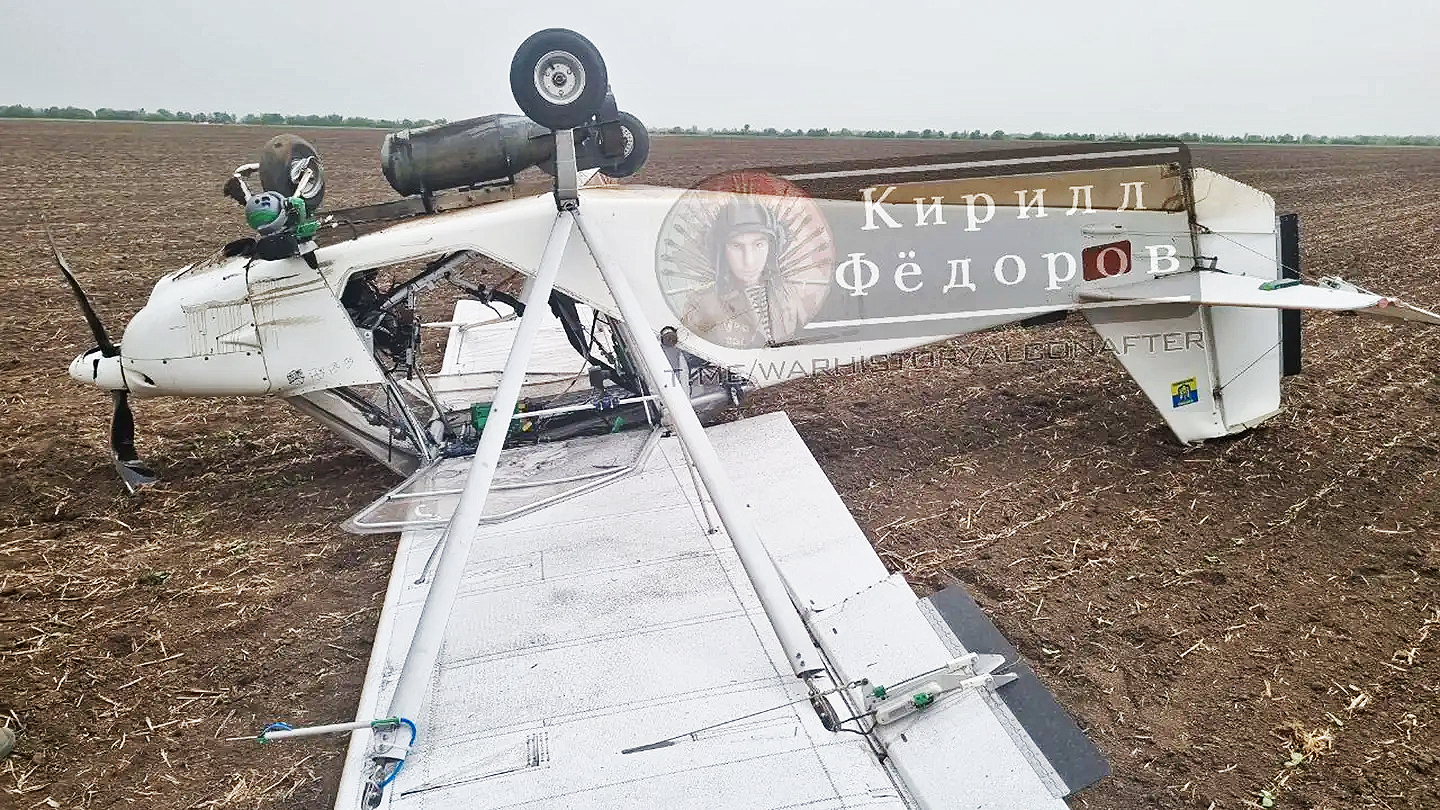Images posted on a Russian Telegram channel of an inverted but intact crashed light airplane appear to indicate that Ukraine may have converted it into a remotely operated bomber. While we have previously written about Ukraine converting light aircraft into kamikaze drones, this appears to be the first time one was adapted into a reusable weapon that can have kinetic effects by dropping ordnance, not crashing into a target and detonating.
A half-dozen photos posted on the Warhistoryalconafter Telegram channel Thursday show a Skyranger light Short Takeoff and Landing (STOL) aircraft that appears to have been modified for remote control operation.
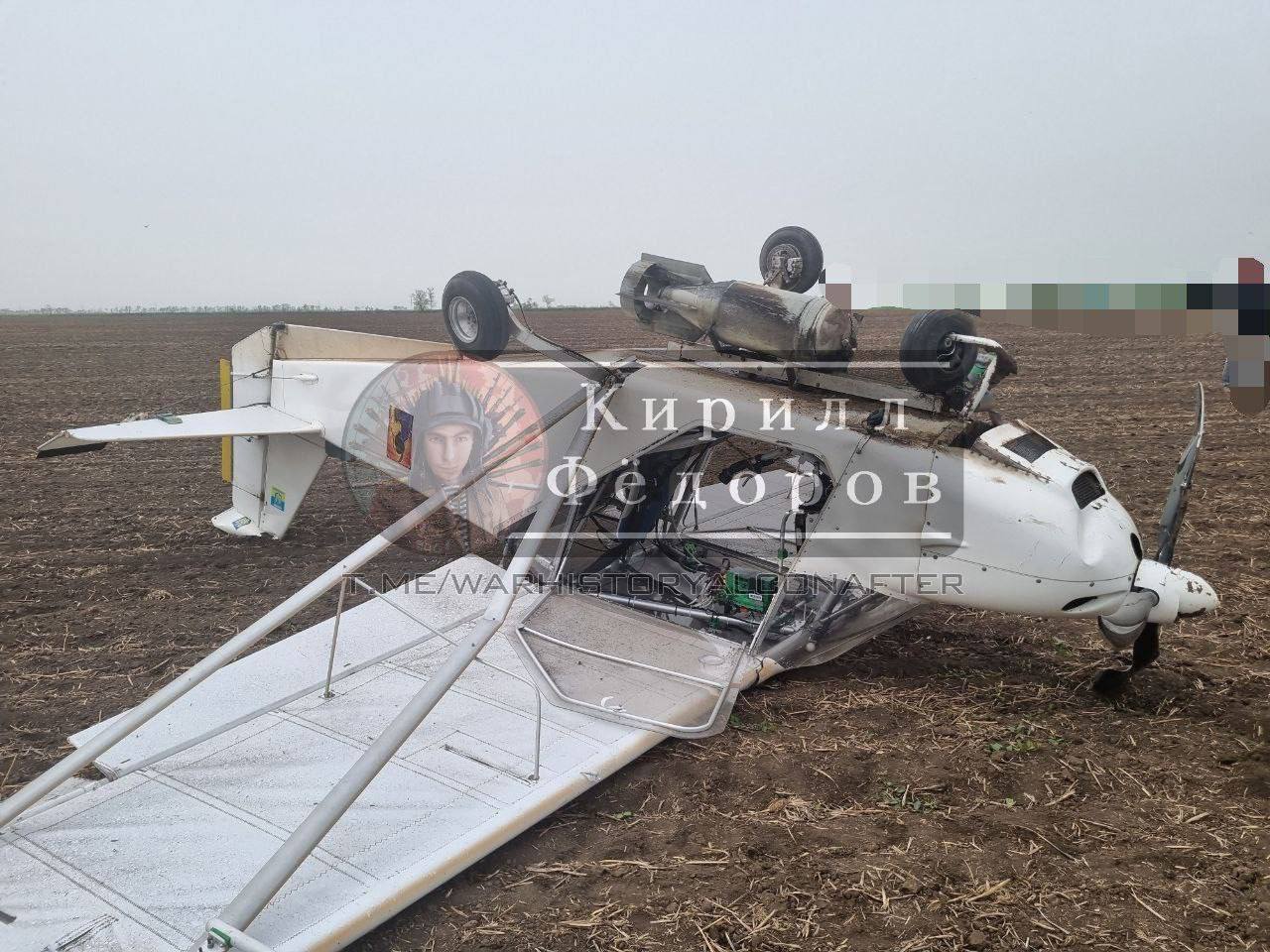
Having a reusable but attritable (cheap enough to be sacrificed in combat) remotely piloted aircraft capable of dropping standard air-to-ground high-explosive ordnance would be a significant capability boost for Ukraine. Using these drones for closer-range missions into Russian-controlled territory or into border areas in Russia itself would make perfect sense. The system could potentially also be utilized for autonomous strikes in a kamikaze mode for longer-range missions against high-value targets.
It’s also possible that these aircraft are intended for long-range kamikaze strikes, but the optical system points strongly to the drone being capable of being ‘picked up’ by controllers deep in enemy territory after flying to a specific area on autopilot. Once in communication with the aircraft, they could control it as it approaches the target area and fly it directly into its objective. The same control arrangement could be used for dropping its bomb before returning to base on autopilot for reuse. This ‘handoff’ control method gets around the limitations of line-of-sight control needed for dynamically piloting a drone like this remotely, which you can read all about here.
The photo below shows a gimbaled EO camera mounted under the aircraft’s nose.
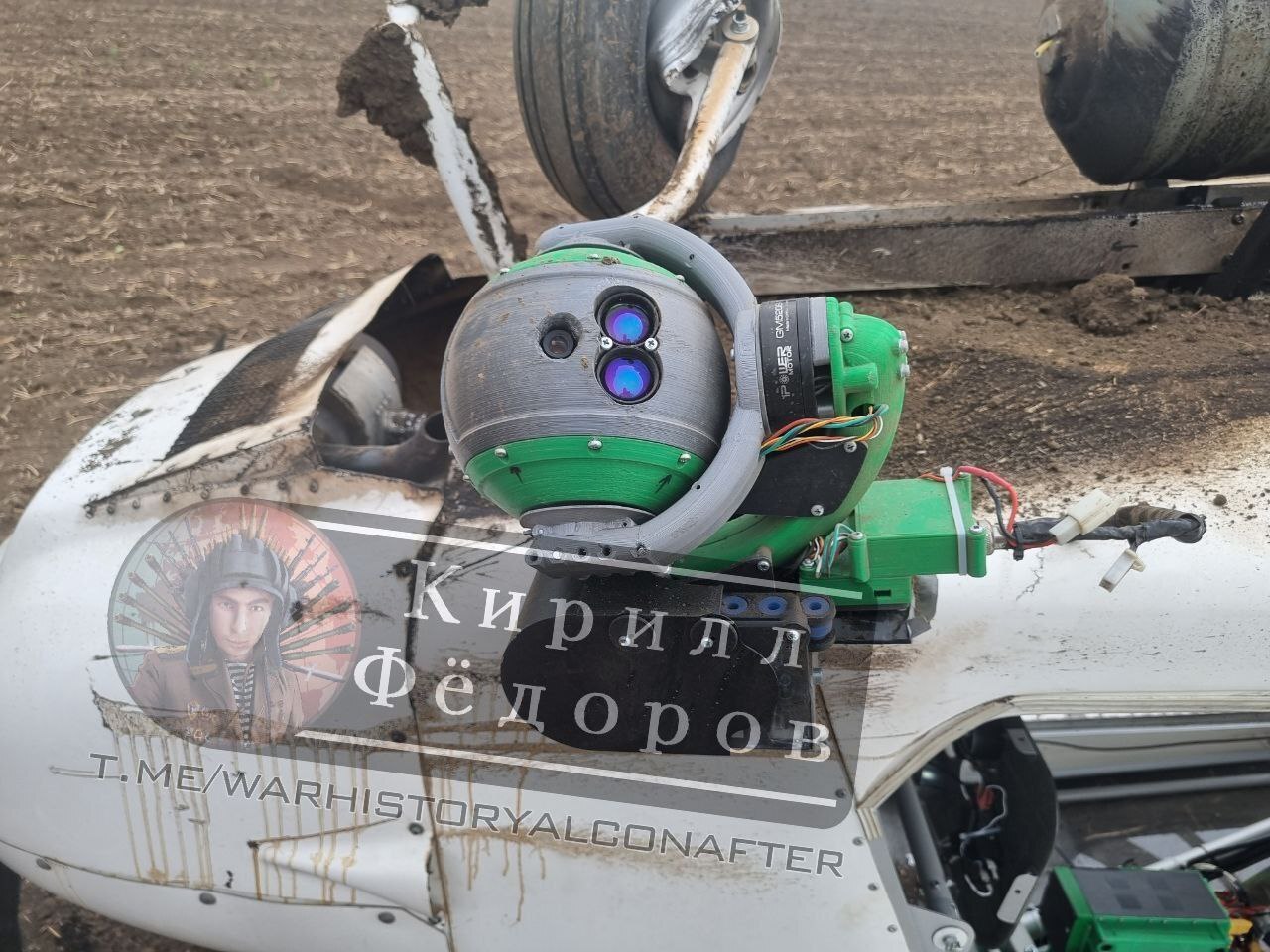
The following two photos show an OFAB-100-120 high-explosive bomb with shackles that indicate it was meant to be dropped.
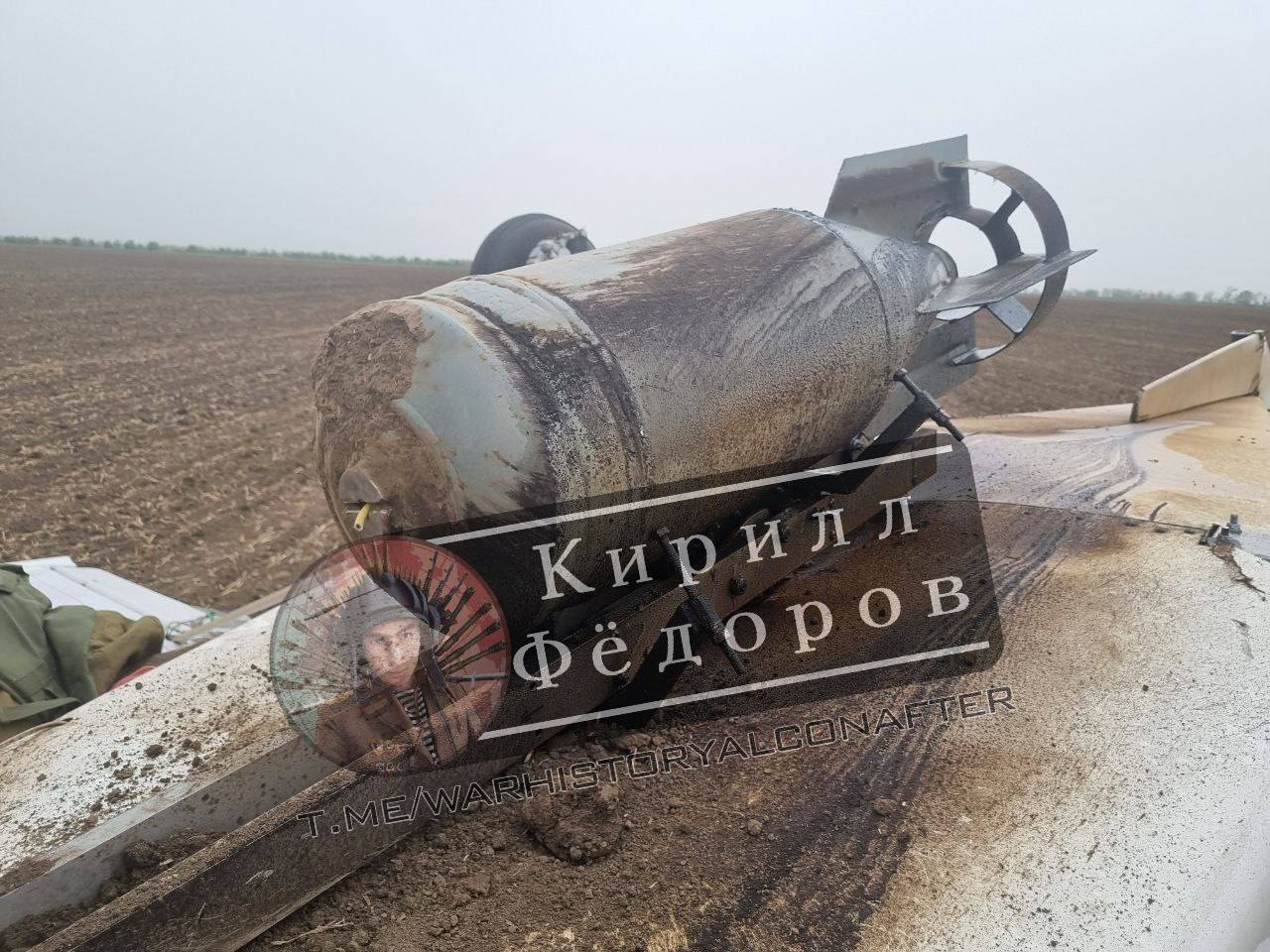

You can see what this ordnance looks like in the photo below, courtesy of Collective Awareness To UXO, an organization working to prevent injuries from unexploded ordnance.
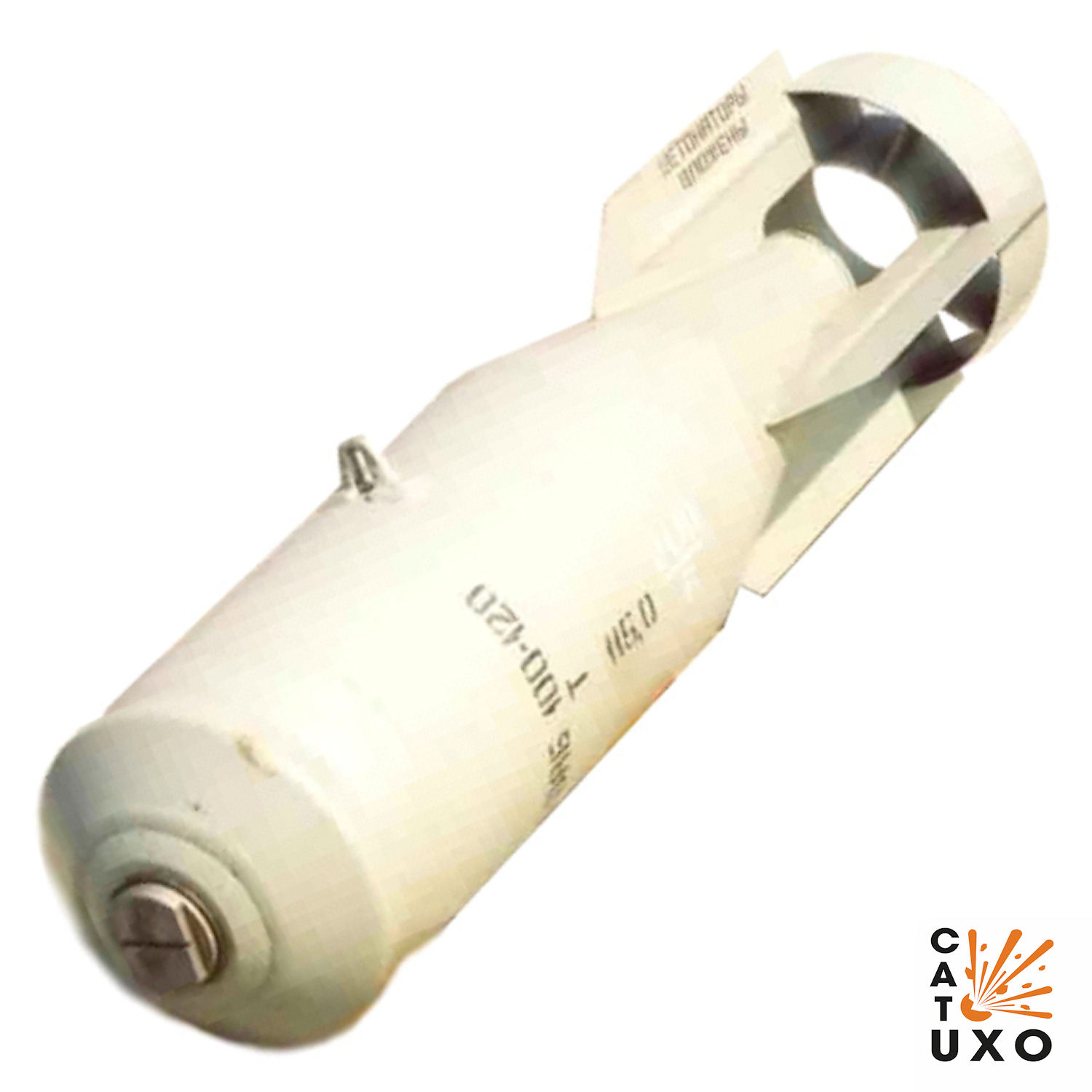
“Photos have appeared that 100% confirm the theory that [Ukraine] began to use light aircraft to attack Russia,” the Warhistoryalconafter Telegram channel wrote. “As you can see, this aircraft is equipped with optics and an aircraft high-explosive bomb is attached to it. The space intended for pilots has been converted and contains electronics.”
That channel does not say where or when the aircraft crashed.
The president of Skyranger’s U.S. licensee confirmed to The War Zone that the aircraft in the pictures is a Skyranger, a version of which you can see in the photo below.
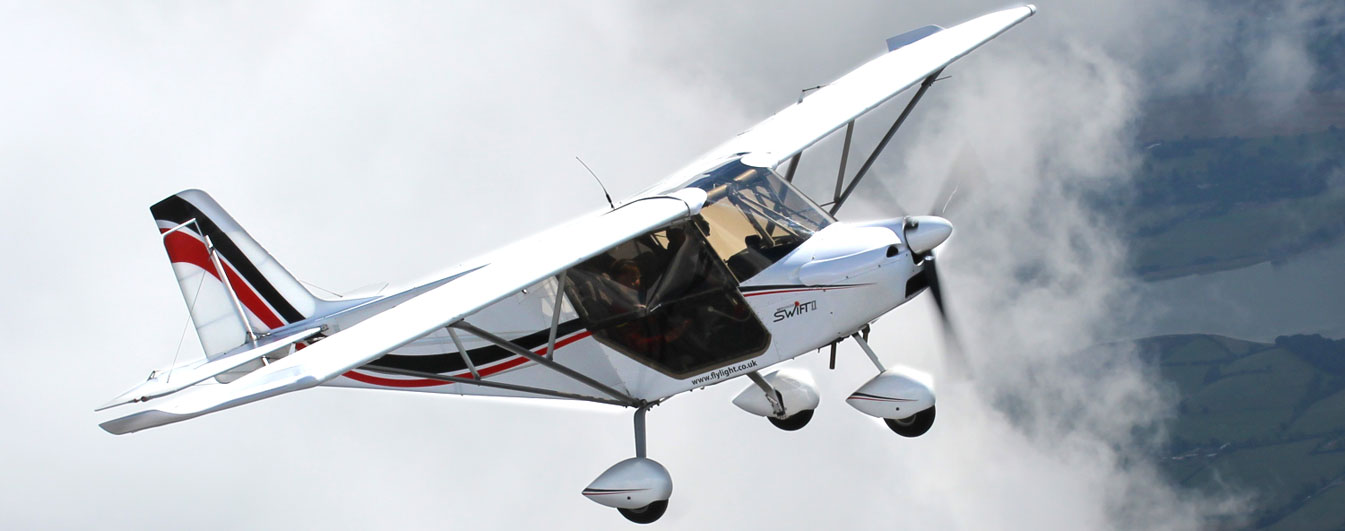
After observing photos we shared with him, Tabor Coates, who operates Blue Collar Aviation, said large trim tabs on the aircraft’s control surfaces indicate the aircraft had likely been modified to be flown remotely by a pilot manipulating the aileron, elevator and rudder from afar.
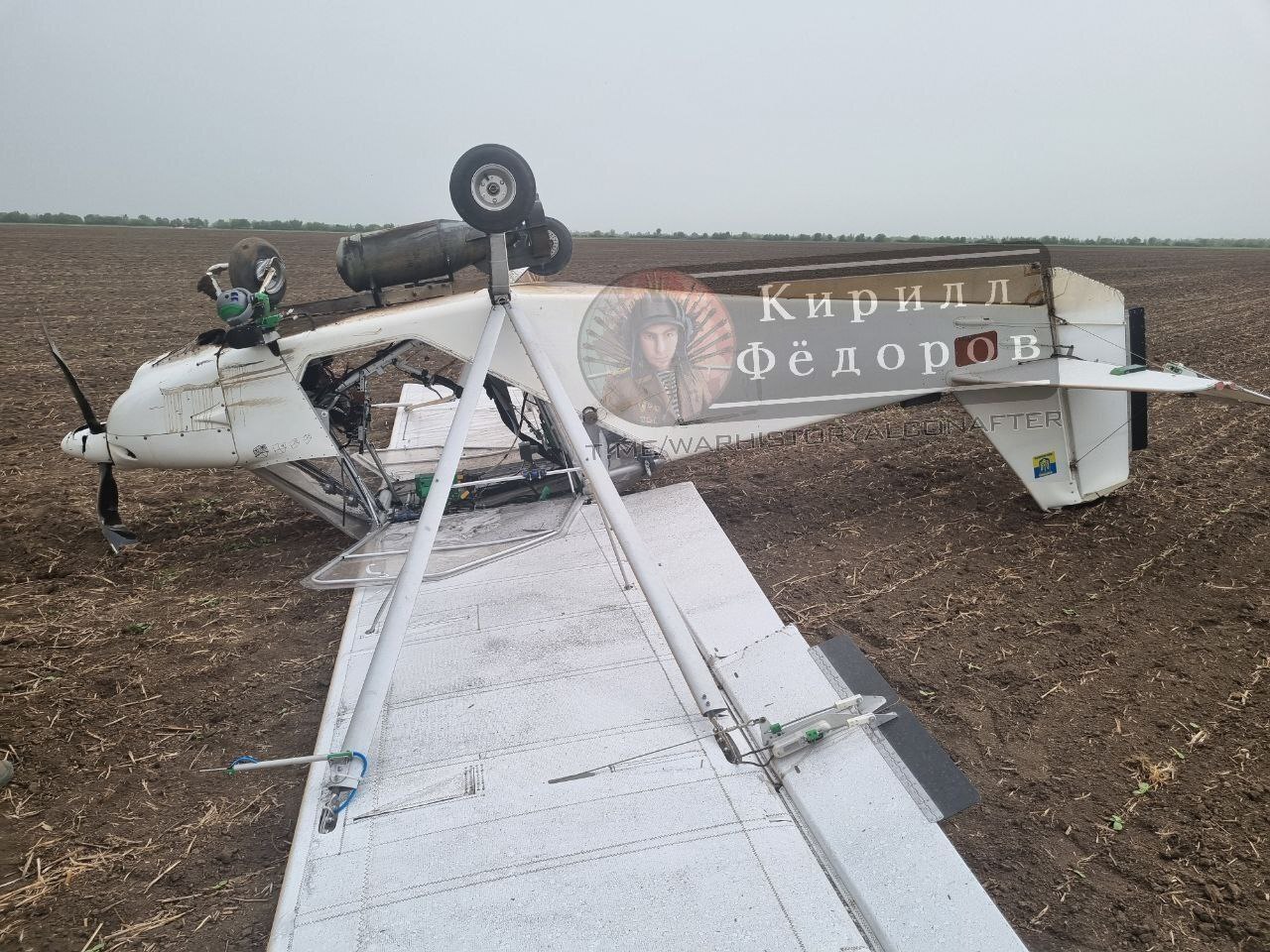
“The plane is a good plane, inherently stable,” he told us. “My guess, and it is a guess, is that it was controlled like a big radio-controlled airplane.”
It is possible, he added, that the pilot was operating it via a First Person View (FPV) controller, much like the dreaded FPV kamikaze drones used by both sides in this conflict.
Coates had no insight into the range of the controller.
The U.K-based Flylight Airsports makes two versions of the Skyranger, the Swift 3 and the Nynja. Each is powered by a Rotax 912 engine in either an 80- or 100-hp variant. That engine, as we wrote about previously has been used to power Russian-operated, Iranian-made Mohajar-6 drones used to attack Ukraine. They have also been a target of thieves around the globe.
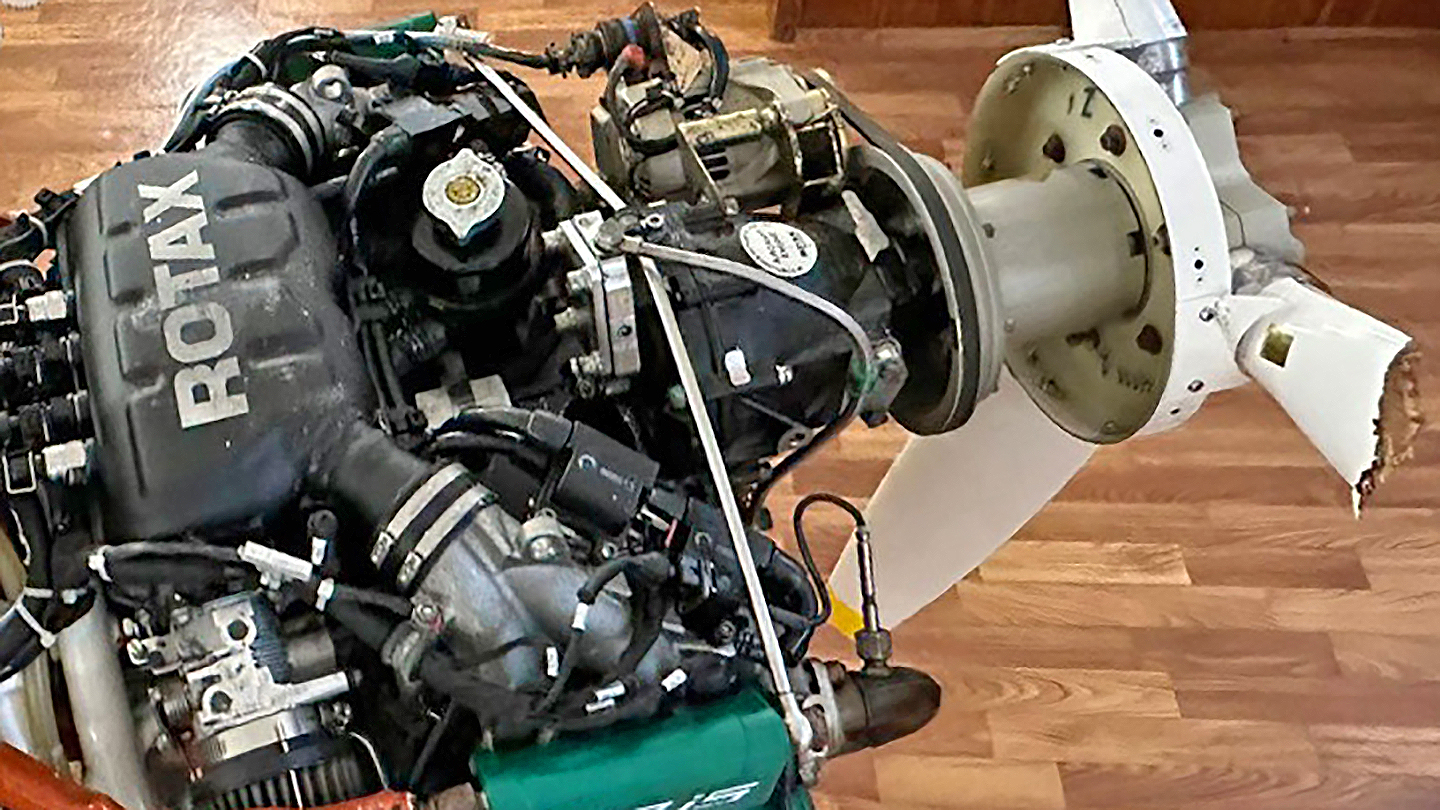
“The aircraft has a tremendous useful load for what it is,” Coates said of the Skyranger. “It will carry a lot.”
How much and how far “depends on how big the fuel tank is,” he said. Newer versions have a 16-gallon gas tank allowing it to fly for three hours at close to 100 mph, he added.
Some versions of the aircraft have payloads of nearly 730 pounds, according to Flylight Airsports, which offers kits for people to build the aircraft themselves or factory-built models.
A complete kit sells in the U.S. for about $55,000, Coates explained, adding that his company has no connection to the crashed aircraft.
We don’t know how often Ukraine has converted these aircraft to operate this way. From the images we shared, Coates surmised that it might have been a hastily made conversion of a readily available, already-built Skyranger. However, a Kyiv-based company called Aeroes does sell them in Ukraine. We reached out to both Flylight Airsport and Aeros to find additional information and will update this with anything pertinent they provide.
While this is the first time we have seen a light aircraft that Ukraine possibly converted to a remotely piloted bomber, there are a number of examples of them using these small, relatively inexpensive planes as kamikaze attack drones on Russian territory.
As we reported earlier this month, Ukraine has used converted light aircraft in the kamikaze configuration recently to attack a target in Russia.
On April 2, we reported that “a previously unseen drone that was converted from a light manned aircraft” was purportedly used to attack “the Shahed production facility in Yelabuga, in Russia’s southeastern Tatarstan region. This was confirmed by an unnamed Ukrainian intelligence source, Reuters reported, and a member of Ukraine’s military intelligence agency (GUR) told the Kyiv Independent the same. According to initial reports, officials in Kyiv believe that the attack caused significant damage to the facility, although this cannot be independently verified.”
You can see a video of that incident below.
As we surmised at the time, the drone that attacked Yelabuga is a conversion of a light manned aircraft, the Ukrainian-made Aeroprakt A-22, also known by its nickname, the Foxbat, which is classified as an ultralight and is produced as a factory-built aircraft and as a kit. Note that no bomb was mounted externally for this autonomous strike.
There may have been at least one more such attack using an A-22 Foxbat since, according to the Kyiv Independent.
“A factory in Russia’s Tatarstan producing bomber aircraft for the Russian military was attacked by Ukrainian drones on the morning of April 17, Kyiv’s military intelligence (GUR) has confirmed,” the publication reported. “Ukraine has not confirmed what type of drones was used in the attack but Russian media claimed that rather than a regular drone, it was a converted Ukrainian-produced Aeroprakt A-22 Foxbat light aircraft.”
A military intelligence source told the Kyiv Independent that “there were no details at present on damage or casualties but claimed the facility manufactures Tu-22M and Tu-160M bombers, both of which are regularly used to target Ukrainian cities in mass missile strikes.”
It is unknown how many light aircraft Ukraine has converted as long-range strike weapons. However, given their repeated attacks inside Russia with a variety of drones, these types of attacks will likely continue.
Contact the author: howard@thewarzone.com
